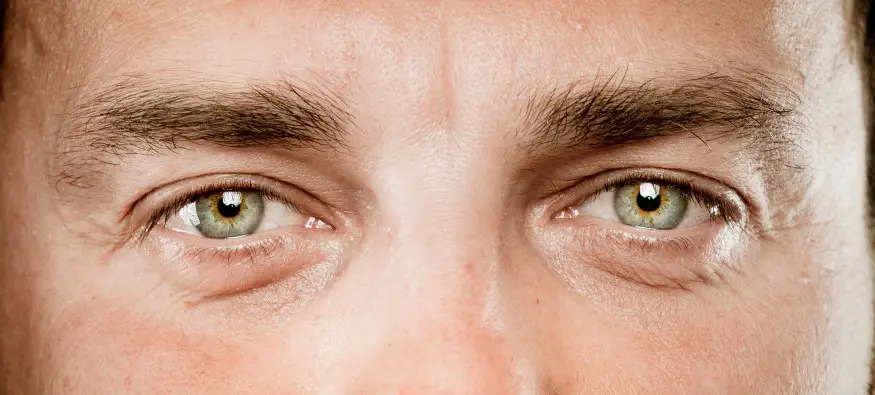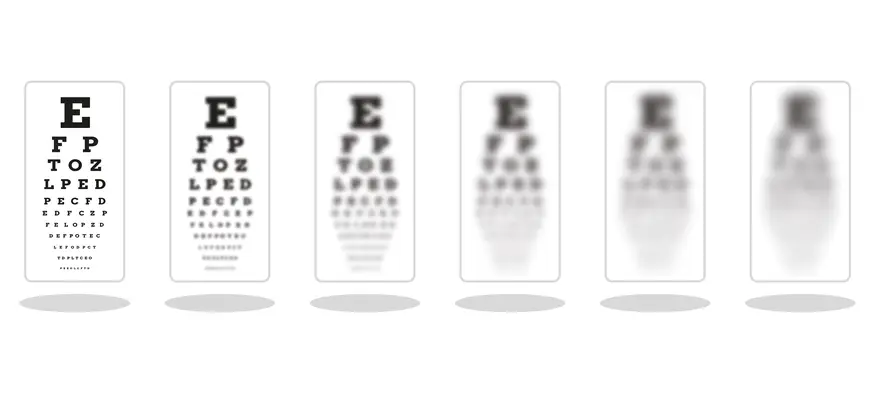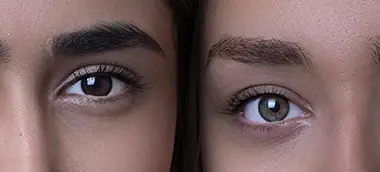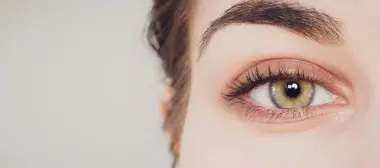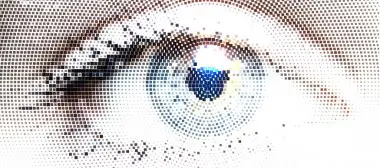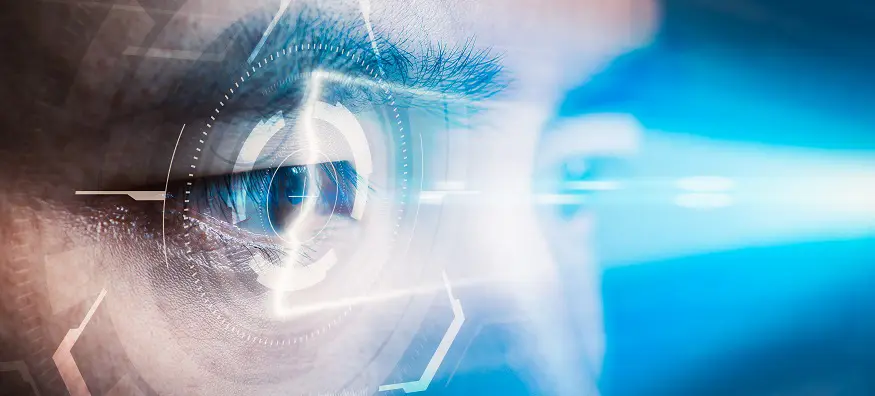
How do smart contact lenses work?
Smart lens technology in the future could let you take photographs with your eyes or monitor your blood glucose levels, it sounds like something from a science fiction film but this technology is already being created!
What smart contact lens ideas have been shelved?
In 2016 Samsung were developing smart lenses that would allow you to project images in front of you, take photographs just by blinking and connect to your mobile phone, although there has been no update since then from the company.
In 2014, Google planned to develop its own smart contact lenses for diabetics to help them with monitoring glucose. As of 2018, the Google contact lens was discontinued because there wasn’t a strong enough correlation between tear glucose and blood glucose.
Mojo were working on a promising smart contact lens in 2019 but had to stop when they couldn’t secure any more funding for the project. The lens would have had the world’s smallest 14K display. Instead, the company decided to pivot and focus on micro LED display technology.
Contact lenses for colour blindness
Colour blindness can make everyday tasks a lot harder for people. Driving for example, can be dangerous when you don’t see the light colours of the traffic light. Finally, there are now contact lenses to correct colour blindness, these incredible contact lenses work by filtering the light wavelengths to enhance contrast, allowing the lens wearer to see colours correctly.
Transition contact lenses
Bright lights can make a dramatic difference to contact wearers and their vision. People with light sensitivity especially struggle with bright lights which can cause pain. Transition lenses adjust to the changing light in your surroundings, helping you see clearly as you move from light to dark. In 2018, Acuvue released their new Acuvue OASYS With Transitions lenses, allowing your eyes to adapt to changes of light.
These smart lenses also block harmful UV rays and blue light that come from mobile phone, laptop and tablet screens. Too much exposure to blue light can damage the retina which can lead to blindness, so opting for these contacts could help preserve the health of your eyes. It's important to note that transition lenses are not an alternative to sunglasses! Sunglasses and transition lenses should be worn at the same time to ensure you entire eye is protected from UV light.

Auto-focusing contact lenses
Hongrui Jiang, a professor of engineering at Wisconsin University, designed a lens that could auto-focus. This will allow lens wearers to focus on different distances by following your eye movements, perfect for those with multiple prescriptions. Although his lens may not be readily available to the public for several years yet. Researchers at the University of California San Diego are also developing an auto-focusing lens. Google are working with Novartis on their own auto-focusing lens, although it’s too early to say when clinical trials will begin.
Drug-delivery contact lenses
As of March 2022, the FDA approved the first daily disposable contact lens capable of delivering anti-allergy medication. This is promising for other conditions as similar lenses could be developed to help deliver medication for dry eyes, cataracts, and glaucoma.
Acuvue Theravision with Ketotifen
Acuvue, a contact lens brand manufactured by Johnson and Johnson, have created the world’s first drug-delivery contact lens for itchy eyes. Containing 19 mcg ketotifen (antihistamine), Acuvue Theravision with Ketotifen is a daily disposable contact lens that can alleviate itchy eyes due to allergies whilst also providing vision correction.
Eye drops can be an effective tool for dealing with allergies and itchy eyes, but often only a small amount of eye drops is absorbed through the eye due to leaking, sometimes as little as 5%. The difficulty of application causes a lot of patients not to use eye drops as often as they should. Drug-delivery contact lenses are the perfect alternative.

Thermal vision lenses
Developers at the University of Michigan say it could be possible to put thermal vision technology into contact lenses. This technology would allow soldiers to see better at night, allowing them to sense humans, animals and devices like mobile phones through the heat they produce. Although there are infrared detectors already in use, these thermal contact lenses would eliminate the need for carrying around large and bulky cooling equipment.
Telescopic lenses
Would you love to move between normal and magnified vision? We would too! Luckily for us, scientists have now created contact lenses that can zoom your vision in and out like a telescope. These lenses have fitted mirrors in the central part of the lens, with the use of 3D glasses, the contact lens wearer can zoom in and out of their surroundings with ease. This would be especially useful for people with age-related Macular degeneration (AMD). Those with AMD can see through the perimeter of their eyes clearly but the centre of their vision is blurry or missing.
These lenses have been made into a prototype and tested on a human sized model of the eye, but more refinements still need to be made as the lens would severely limit the supply of oxygen to the eye. The plan is to re-create the prototype as a gas permeable lens, which would allow people to wear the lens all day.
What could the future look like?
In the future we could be experiencing augmented reality through our contact lenses, allowing us to display images, play videos and open web browsers right in our line of vision. Soon we could be taking pictures just by blinking, conjuring city maps in front of us as we walk, and seeing objects, once blurry in the foreground, come into focus. Whatever exciting new innovations come out next in the world of contac
















